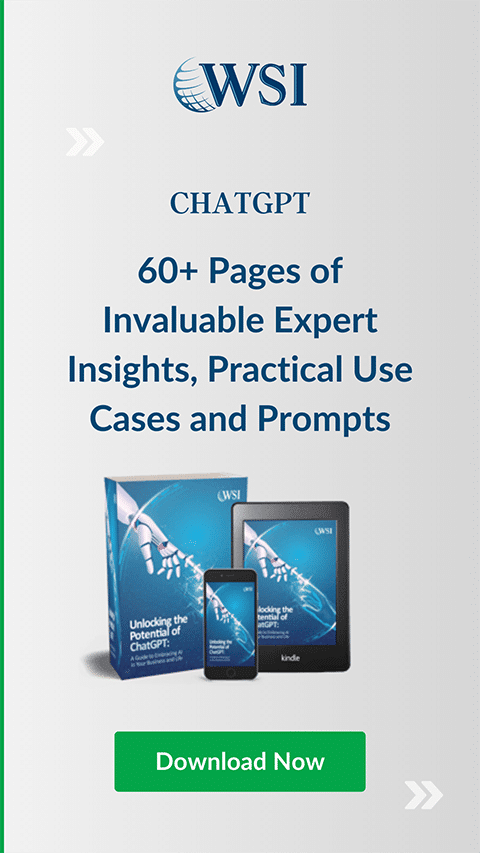
Summary: SEO Content marketing is a strategy based on the creation of valuable, helpful, and relevant content to help boost your search engine rankings.
Important tips on how to get your content picked up by search engines and people
If you have any marketing experience, you must have come across the phrase “Content is King.” This phrase was popularized by Bill Gates in an essay published on the Microsoft website in January 1996. However, it still rings true today, particularly in content marketing.
Content marketing is a strategy based on the creation of valuable, helpful, and relevant content with the aim of building trust and a following. Content is defined as any useful information. This can be in the form of articles, podcasts, graphics, or videos. Since people are continually being bombarded with pitches and advertisements, content helps customers and prospective customers learn new things and solve problems without the need to do anything in return.

With that said, content marketing is an investment, and companies expect a return on that investment. This return is based on the likelihood that the audience will convert into customers, and that’s where content marketing differs from having a human salesperson. A salesperson presents themself as a trusted advisor rather than a vendor. On the other hand, content marketing starts by building trust between companies and prospective buyers but with the added objective of creating brand awareness.
SEO Content Writing
SEO writing, also referred to as “writing for SEO,” is the process of planning, creating, and adjusting content for SEO purposes. This brings up the question of what SEO is. SEO stands for Search Engine Optimization. It is a holistic process of tailoring your website and content to generate more organic traffic from search engines such as Google and Bing.
How Does SEO Content Writing Work?
Over 200 factors determine the SEO ranking of a site or a page, and it is no secret that having great content is vital to ranking in Google. But it is not enough to just have high-quality content. Your content also needs proper search engine optimization to rank.
Top 10 SEO Ranking Factors
Headings
These are the titles at the beginning of pages, sections and paragraphs that vary in size. For SEO purposes, search engines scan page headings to determine the following:
- That keywords and related words are in the main headings on the page
- That the subheadings on the page reflect the main headings
- That the content on the page reflects the subheadings
For example, if you were writing a how-to guide, you would list the materials someone would need under a “materials” heading so that it could be easily picked up and understood by search engines.
Keywords
When selecting your keywords, keep in mind that they should be things that your audience would be typing into a search engine. This could be things like “SEO marketing agency” or “how to write great SEO content.”
You should also ensure that your keyword is evenly distributed throughout your content and features in some of your headings and subheadings. If you overload your page with too many keywords, search engines will view it as spam and won’t rank for it.
There is an old misconception that you can hack SEO by simply putting in as many keywords and related phrases as possible without really paying attention to readability. However, readability and helpfulness play a crucial role in promoting page views and organic shares that boost rankings. Overall, it is better to produce helpful and informative content that ranks well than to stuff a page with keywords in hopes it hits the top rank on Google.
Relevant Topics
This may sound obvious, but it is also important to emphasize the topics. Your content’s topic not only needs to be relevant to your readers but also relevant to the other content on your website and blog postings. For instance, if a site gives information on digital marketing, they aren’t necessarily experts on baking cakes or planting a garden. If they started posting about these topics, their organic traffic would drop. Search engines consider your current content topics and previous topics for SEO purposes.
Additionally, if you want to help improve your rankings, search for your topic on Google in the form of a question. From here, you can view a “people also ask” section and can incorporate some of these points in your content.
Content
No matter what type of content you are making, it needs to be very good, helpful and valuable to your readers. The purpose of content is to assist people and answer questions, which helps to build your following. To do this, publish original insights on topics that your audience is passionate about. If your content isn’t genuine, your audience won’t continue to expand.
Alt Tags
These are bits of data that describe an image to a search engine. If your image alt tags match your topic and keywords, search engines view the images as relevant and boost the content’s SEO value. They are also an important accessibility feature for visually impaired people.
External Links
These are links that direct readers to other domains. When you link to a website with similar content, you will get SEO points. The text you choose to link from is called the anchor text. If your anchor text is similar in context to what the page you are linking to contains, you get extra SEO points. However, linking random text will cause you to get fewer or even lose points.
Internal Links
Just like with external links, relevant content and good anchor texts add value to your SEO. The difference is that you are linking to pages on your website. In effect, this will give your favourite pages a higher link value and more visibility. If you have a relevant piece of content that performs well, link to it in other posts.
Mobile Friendliness
As of Q4 2019, approximately 50% of all web traffic is from mobile devices. Search engines are now giving higher visibility to the pages that are mobile-friendly to give users the best experience. As such, make sure that all your content is optimized for mobile screens with no need for horizontal scrolling.
Page Loading Speed
This is also a usability issue that is an important factor in ranking for SEO. The longer it takes for your page to load, the higher your bounce rate. Research from Google shows that 53% of web users abandon a page if it does not load in 3 seconds. To reduce loading time, manually downscale your landing images and link large pieces of content such as videos from another domain.
Domain Authority
Arguably the most important factors in the SEO ranking of a page are its page authority and the website’s domain authority. This is a score that predicts how well a website will rank on search engines. This score is determined by an SEO algorithm that focuses on inbound and outbound links per site and their authorities. If high ranking sites link to your site, it will boost your authority. On the other hand, if low ranking sites link to yours, they will hurt your site’s reputation and lead to less visibility.
How to Write SEO Content
Before you write, remember that the goal of content marketing is to attract a specific audience. Therefore, make sure you are providing value and not just trying to rank. To write SEO content, you will need:
- A word processor (anything that lets you format documents with titles, headings, font, and more)
- A web editor or Content Management System (CMS), preferably with a blog module
- Research notes
- A landing image (also called a hero image, it is the large image at the top of your blog)
- Marketing analytics software (helps you get keyword insights)
- Google Analytics (helps you keep track of site traffic)
Publishing and Promoting
Great content is not enough to propel your site to the top. With good SEO, people will find and engage with it, but you can still gain more visibility. To achieve this, start by sharing your content with your network. Matching topics with interest ensure that your content is read.
An email marketing strategy is also a great way to boost your content’s visibility. Social media is another great platform to share content. Lastly, share your content with other people in the same industry and request them to link it on their site. This will boost your page authority and SEO ranking. However, be ready to also link other people’s content in return.
Create Great SEO Content with WSI Comandix
At WSI Comandix, we have used these SEO content writing tips to dramatically increase our traffic and traffic to our client’s websites. Although the growth rate might vary, we can guarantee that you will generate more traffic and improve your brand by working with us. Contact us today to get more information on SEO content writing and content marketing, or to request an SEO quote.
Don't stop the learning now!
Here are some other blog posts you may be interested in.
VIEW ALL BLOG POSTS-
Graphic Design for Small Businesses: Fake It ‘Til You Make It
Graphic design matters – a lot. I’m sure many of you would agree. A company’s image can rely heavily on their …
READ MORE -
How to Create A List of Blog Topics Without Pulling Your Hair Out
Does the mere thought of putting together a list of potential blog topics send you over the edge? If so, you’re not …
READ MORE -
What Is Involved in SEO Content Writing?
Important tips on how to get your content picked up by search engines and people If you have any marketing experience, you must have come …
READ MORE








